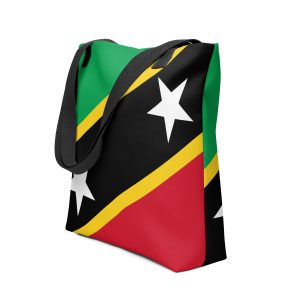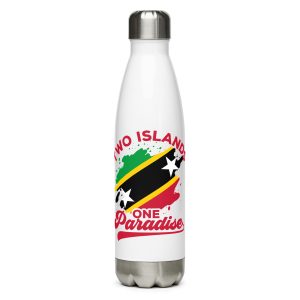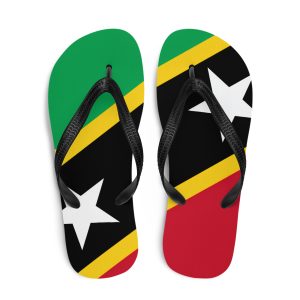1493 Christopher Columbus’s Second Voyage: The European Discovery of St. Kitts
In November 1493, during his second voyage to the Americas, Christopher Columbus sighted the island that would later be known as St. Kitts. Columbus named it “Saint Christopher”, likely in honor of the patron saint of travelers, Saint Christopher. Over time, the British shortened the name to “St. Kitts.” This marked the first known European encounter with the island, laying the groundwork for future exploration and eventual colonization by European powers.
Context of Columbus’s Second Voyage
Columbus’s second voyage was a much larger expedition than his initial journey in 1492. Sponsored by the Spanish monarchy, Columbus was tasked with claiming new territories in the Caribbean for Spain and establishing permanent settlements. With a fleet of 17 ships and over 1,000 men, Columbus explored various Caribbean islands, including Puerto Rico and Dominica, before sighting the island he named Saint Christopher. Although Columbus did not land on St. Kitts, his sighting introduced the island to European knowledge .
Significance of the Name
The name Saint Christopher followed Columbus’s custom of naming new lands after religious figures, reflecting Spain’s mission to spread Christianity across the Americas. Over time, when the British established settlements on the island in the early 17th century, the name was shortened to St. Kitts, which became the official colonial name .
Impact on Indigenous Populations
Though Columbus did not settle on St. Kitts during this voyage, his discovery set the stage for European colonization, which would profoundly impact the island’s indigenous people, the Kalinago. The arrival of European settlers in the early 1600s, particularly the British and French, led to conflicts with the Kalinago and the eventual displacement of the indigenous population .
Legacy of Columbus’s Encounter
Columbus’s sighting of St. Kitts in 1493 marked the island’s introduction into European records. By the early 17th century, both the British and French would establish colonies on the island, initiating its colonial history. This encounter foreshadowed the island’s eventual transformation under European control, which displaced its indigenous inhabitants and reshaped its future .
Conclusion
Christopher Columbus’s 1493 sighting of St. Kitts during his second voyage was the beginning of the island’s documented history in European exploration. Although he did not settle there, the discovery marked St. Kitts as part of the broader European colonial ambitions, leading to its eventual colonization by the British and French.
Historical Overview of St. Kitts and Nevis
Colonial History
Significant Historical Events
Pre-Columbian Era
European Exploration and Colonization
- 1493 – Christopher Columbus’s Second Voyage
- 1623 – Establishment of the First European Settlement
- 1626 – Kalinago Massacre
Colonial Era
- 1650s – Expansion of Sugar Plantations
- 1666 – French Occupation of St. Kitts
- 1706 – Nevis Raid
- 1783 – Treaty of Paris
20th Century Developments
- 1932 – Founding of the St. Kitts Workers’ League
- 1952 – Universal Adult Suffrage
- 1967 – Associated Statehood
- 1978 – Death of Sir Robert Llewellyn Bradshaw
Independence and Modern Developments
- 1983 – Independence
- 1998 – Nevis Secession Referendum
- 2005 – Hurricane Impact
- 2015 – Team Unity Government
Disclaimer
The information provided on stkittsnevisflag.com is for general informational purposes only. While we strive to provide accurate and up-to-date information, we make no warranties or representations of any kind, express or implied, about the completeness, accuracy, reliability, suitability, or availability of the information contained on this website. Any reliance you place on such information is therefore strictly at your own risk.
stkittsnevisflag.com will not be liable for any loss or damage, including without limitation, indirect or consequential loss or damage, or any loss or damage whatsoever arising from loss of data or profits arising out of, or in connection with, the use of this website.
We encourage all users to verify any information found on this site before relying on it. If you find any incorrect or outdated information, please contact us at info@stkittsflag.com so we can make the necessary corrections.




